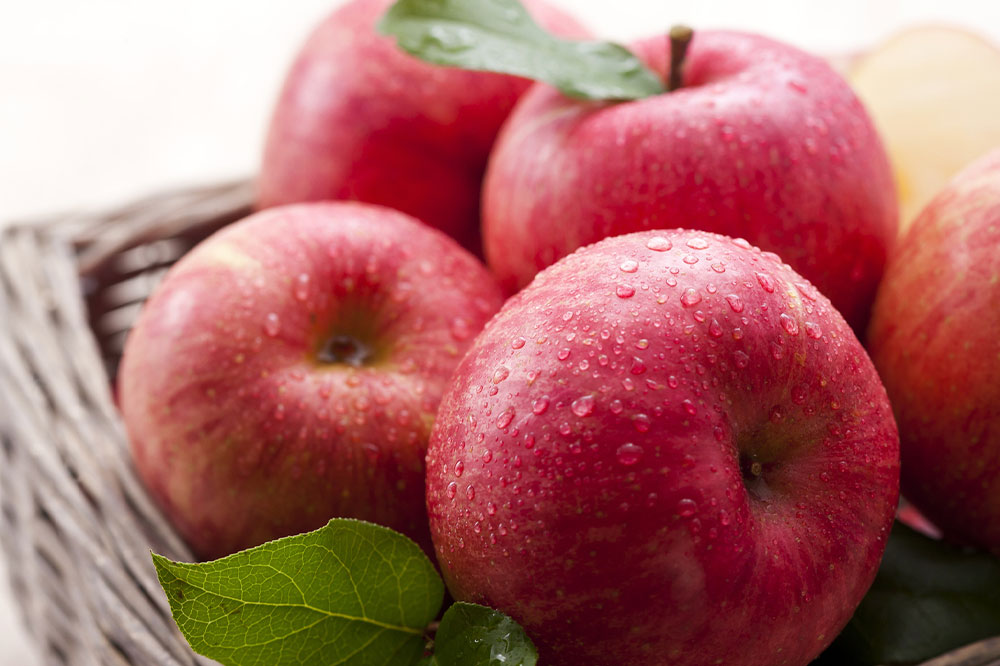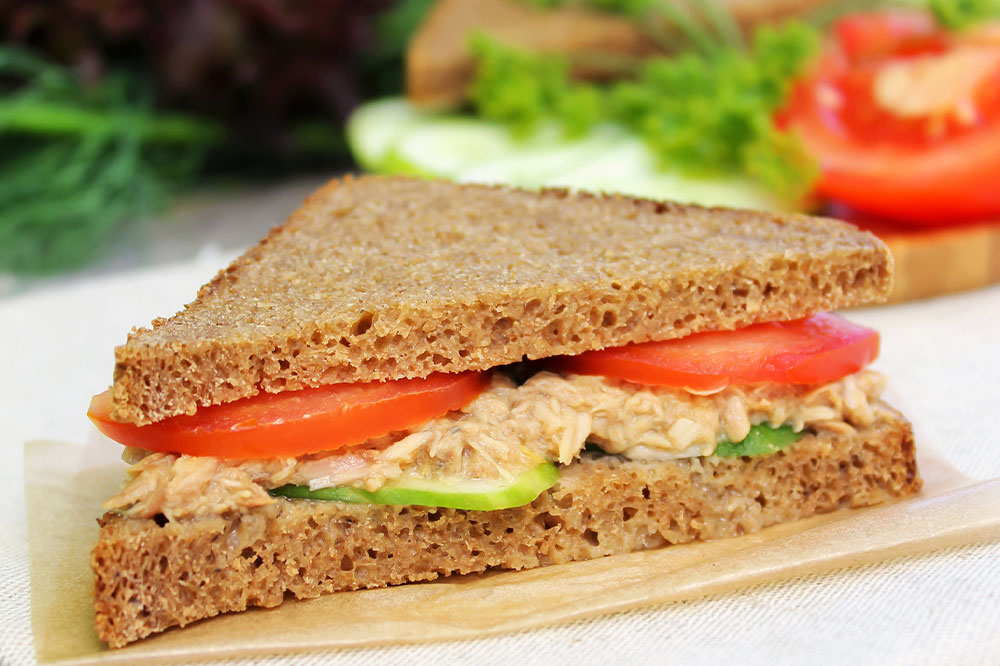6 strategies to get kids to eat better

Making kids adopt healthy eating habits can be a challenge. You have to ensure the food is not only nutritious but also tasty enough not to be left aside on the plate. But then, most parents run out of ideas over time and eventually become frustrated. So, how do you get your kid to choose the right foods and stay healthy? Here are a few tested strategies to get kids to eat better:
Give them the freedom to choose
Nobody likes to be compelled to do something, especially high-spirited toddlers and older children constantly trying to assert their autonomy. And the kitchen is not an exception to this principle. Choosing between celery with peanut butter and apple slices may not hold much significance for you; you may think both are healthy and pick either for your child on any given day. However, leaving it to your little one to decide will give them a sense of autonomy, which they seek so much. They may even agree to try new healthy dishes if they feel it is their choice.
Let them prepare their plates
Allowing children to prepare their own plates is another way of letting them feel their autonomy. It will, in turn, make them enthusiastic about trying new dishes.







